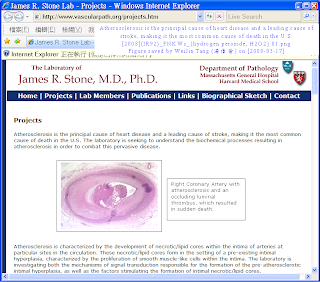
The major determinants (決定因素) of GSH synthesis are the availability of cysteine, and the activity of the rate-limiting enzyme, g-glutamylcysteine synthetase (GCS)[1999](IR90)
Regulation of hepatic glutathione synthesis: current concepts and controversies SHELLY C. LU
USC Liver Disease Research Center, the Division of Gastrointestinal (胃腸的) and Liver Diseases, Department of Medicine, University of Southern California School of Medicine, Los Angeles, California 90033, USA
ABSTRACT
Glutathione (GSH) is an important intracellular peptide with multiple functions ranging from antioxidant defense to modulation of cell proliferation. GSH is synthesized in the cytosol (【生物學】細胞溶質) of all mammalian (哺乳動物(的)) cells in a tightly regulated manner. The major determinants (決定因素) of GSH synthesis are the availability of cysteine, the sulfur amino acid precursor, and the activity of the rate-limiting enzyme, g-glutamylcysteine synthetase (GCS). In the liver, major factors that determine the availability of cysteine are diet, membrane transport activities of the three sulfur amino acids cysteine, cystine and methionine, and the conversion of methionine to cysteine via the trans-sulfuration pathway. Many conditions alter GSH level via changes in GCS activity and GCS gene expression. These include oxidative stress, activators of Phase II detoxifying enzymes, antioxidants, drug-resistant tumor cell lines, hormones, cell proliferation, and diabetes mellitus (糖尿病). Since the molecular cloning (複製) of GCS, much has been learned about the regulation of this enzyme. Both transcriptional and post-transcriptional mechanisms modulate the activity of this critical cellular enzyme.
Lu, S. C. Regulation of hepatic glutathione synthesis: current concepts and controversies. FASEB J. 13, 1169-1183 (1999)
Key Words:
g-glutamylcysteine synthetase , cysteine availability , detoxification , antioxidant, rate-limiting substrate








